How to Choose Lumber: Your Essential Guide
- September 6, 2024
- 0 comment
Selecting the right lumber for your woodworking project can make all the difference between a successful build and a frustrating experience. Whether you’re a seasoned woodworker or just starting, understanding the different types of lumber, their grades, and how to pick the best pieces will save you time, money, and effort.

This article will guide you through everything you need to know about choosing lumber, ensuring your next project is a success.
Understanding Lumber Categories
1. Hardwood
Hardwood comes from deciduous trees that shed their leaves annually and is known for its density and strength. Common species like oak, maple, and walnut make it a popular choice for durable and long-lasting projects.
Commonly used for:
- Flooring
- Furniture
- Cabinetry
2. Softwood
Softwood is derived from coniferous trees, which remain evergreen throughout the year, such as pine, cedar, spruce, and fir. It is typically lighter and easier to work with, making it a popular choice for a variety of construction and DIY projects.
Commonly used for:
- Framing
- Trim
- DIY projects
Types of Lumber
1. Framing and Structural Lumber
Framing and structural lumber is primarily used in construction for creating the framework of buildings and other structures. Common standard sizes, such as 2x4s, 2x6s, and 4x4s, are designed to provide the necessary strength and support for load-bearing applications.
Ideal for:
- Load-bearing structures
- Studs
- Beams
- Floor joists
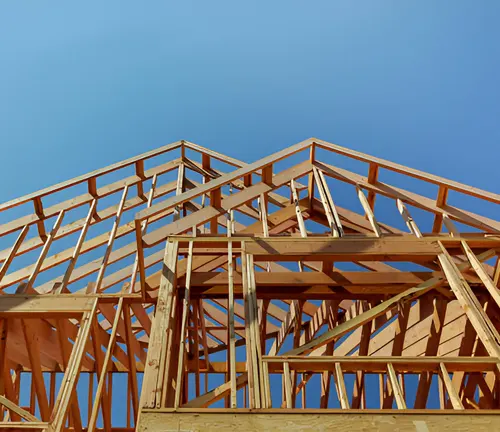
2. Plywood
Plywood is constructed from multiple layers of wood veneer that are glued together to create a strong, durable sheet. It comes in both hardwood and softwood varieties, making it versatile for a wide range of applications in construction and furniture making.
Types of Plywood:
- Standard Plywood: Used for subfloors and wall sheathing.
- Marine Plywood: Waterproof, used in boat building and outdoor applications.
- MDF (Medium-Density Fiberboard): A type of plywood made from wood fibers and resin, ideal for cabinets and shelving.
Ideal for:
- Furniture
- Cabinets
- Roofing
- Flooring
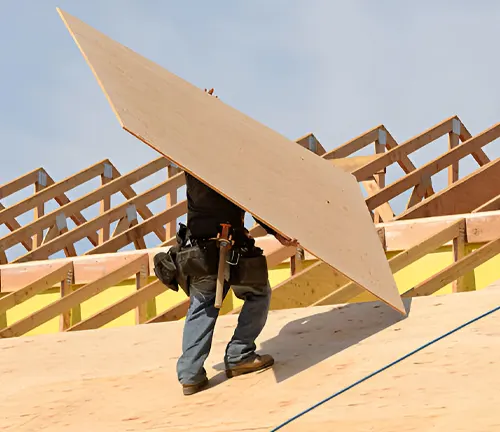
3. Appearance Boards
Appearance boards are specifically chosen for projects where aesthetics are a priority, offering a visually appealing finish. Commonly made from species like oak, maple, and cherry, these boards are ideal for trim, decorative moldings, and furniture making.
Ideal for:
- Trim
- Decorative moldings
- Furniture making
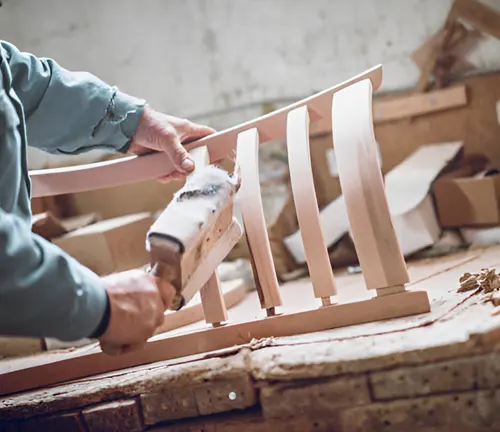
4. Decking and Fencing Lumber
Decking and fencing lumber is specially treated to withstand the elements, making it ideal for outdoor use. This type of lumber is resistant to decay, insects, and moisture, ensuring long-lasting performance in exposed environments like decks, fences, and outdoor structures.
Commonly made from:
- Cedar: Naturally resistant to rot and insects.
- Pressure-Treated Pine: Chemically treated to resist decay.
Ideal for:
- Decks
- Fences
- Outdoor furniture
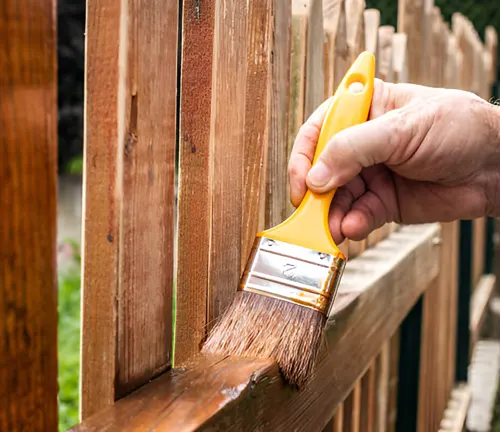
5. Specialty Lumber
Exotic Woods: Includes teak, mahogany, and rosewood. Often used for luxury furniture and high-end projects.
Reclaimed Wood: Sourced from old buildings or structures, offering unique character and eco-friendliness.
Engineered Wood Products: Includes particleboard, LVL (Laminated Veneer Lumber), and OSB (Oriented Strand Board). Used in modern construction for stability and cost-effectiveness.
Lumber Grades and Quality
Lumber is graded based on its quality, which determines its best use. Understanding these grades helps ensure you choose the right lumber for your project.
1. Hardwood Lumber Grades
The hardwood grades are:
- First and Second (FAS): The highest quality grade, must be at least 6′ x 8′ with 83% defect-free and ideal for fine furniture and cabinetry.
- Select: Similar to FAS but smaller in size (4′ x 6′), also 83% defect-free and suitable for high-quality interior woodwork.
- No. 1 Common: Known as “cabinet grade.” and 66% defect-free, used for kitchen cabinets and smaller applications.
- No. 2 Common: Best for paneling and flooring and 50% defect-free, with more noticeable imperfections.
2. Softwood Lumber Grades:
Dimensional Lumber Grades:
- No. 1: Construction-grade, may include tight knots, ideal for structural purposes.
- No. 2: Standard-grade, contains more knots, suitable for painted surfaces.
- No. 3: Utility-grade, best for unseen applications due to higher defect rates.
Appearance Lumber Grades:
- Grade A: Zero visible defects.
- Grade B: Few visible defects.
- Grade C: More defects, still acceptable for many applications.
- Grade D: Most defects, used where appearance is not a priority.
Common Lumber Defects and How to Avoid Them
Defects in lumber can affect both its strength and appearance. Knowing how to spot them is crucial for selecting quality wood.
Types of Defects:
- Bow: A warp along the length of the board, making it difficult to use in straight applications.
- Cup: The board is concave or hollow across the width.
- Twist: The board twists along its length, making it challenging to work with.
- Knot: Circular imperfections where branches were attached, can weaken the wood if loose.
- Shake: A crack that runs along the growth rings, often through the entire thickness.
- Wane: Missing wood along the edge or corner, often showing bark.
How to Select the Best Pieces?
Inspect for Straightness: Hold the board at eye level and look down its length to check for warping.
Check for Moisture Content: Wood that is too wet or too dry can cause issues in your project. Use a moisture meter to ensure it’s around 6-8% for indoor use.
Examine Grain Direction: A straight, uniform grain is typically stronger and more predictable to work with.
Calculating Lumber Size and Quantity
Understanding lumber sizes and calculating the amount needed for your project can save time and money.
1. Nominal vs. Actual Sizes:
Lumber is sold based on nominal sizes, such as 2×4 or 4×4, but the actual size is smaller due to the milling process. For example, a “2×4” is actually 1.5 inches by 3.5 inches.
2. Estimating Lumber Needs:
- Measure Twice, Cut Once: Accurately measure your project to calculate the exact lumber needed.
- Factor in Waste: Add 10-15% more material than your estimate to account for mistakes, cutting waste, or defects.
- Use an Online Calculator: For large projects, an online lumber calculator can be a handy tool.
Cost and Budget Considerations
The cost of lumber can vary widely based on type, grade, and market conditions. Planning your budget ahead of time is essential.
| Lumber Type | Price Range (per board foot) | Durability | Appearance | Typical Use |
|---|---|---|---|---|
| Hardwood | $5 – $12 | High | Excellent, minimal defects | Furniture, flooring, cabinetry |
| Softwood | $2 – $6 | Moderate | Varied, more knots | Framing, construction, general DIY |
| High Grade Hardwood | $10 – $15 | Very High | Excellent, few defects | High-end furniture, specialty projects |
| Low Grade Softwood | $1.50 – $3 | Low to Moderate | More visible defects | Structural use, hidden applications |
| Large Boards (e.g., 8ft+) | $8 – $16 | High | Consistent, minimal defects | Large projects, efficient use of material |
| Small Boards (e.g., 4ft) | $4 – $8 | Moderate | More knots, visible defects | Small projects, detail work |
Where to Buy Lumber?
When deciding where to buy lumber, consider the differences between lumber yards and big-box retailers. Lumber yards often provide higher quality and a wider selection, making them ideal for more specialized projects. On the other hand, big-box stores offer convenience, though they may have a more limited selection and inconsistent quality.
Preparing and Storing Lumber
Proper preparation and storage of lumber are essential to maintaining its quality until it’s ready to be used. Before starting your project, acclimate the lumber in your workshop for at least a week to adjust it to the local humidity and temperature.
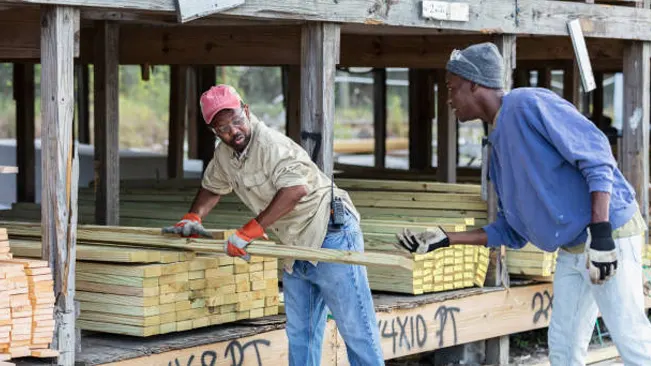
Ensure the wood is stored flat with supports underneath to prevent warping and keep it in a dry, well-ventilated area to avoid moisture buildup. Additionally, elevating the lumber off the ground helps prevent it from absorbing moisture that can lead to decay or mold.
Conclusion
Choosing the right lumber for your project is essential for both the quality and longevity of your work. By understanding the different types of lumber, their grades, common defects, and how to prepare and store your wood, you can make informed decisions that will enhance your woodworking projects.
Whether you’re building a simple bookshelf or crafting a custom piece of furniture, this guide provides the knowledge you need to select the perfect lumber every time.
Frequently Asked Questions (FAQ’s)
- How do I know if the lumber I’m buying is sustainably sourced?
Look for FSC or PEFC labels, which show the wood is responsibly harvested. - What is the difference between nominal and actual lumber sizes?
Nominal size is the rough cut; actual size is smaller after the wood is finished. - Is it better to buy lumber from a lumber yard or a big-box retailer?
Lumber yards often have better quality, but big-box stores can be more convenient and cheaper. - How can I tell if lumber is properly dried?
Use a moisture meter or check for warping or cracks to see if it’s dried correctly. - What’s the best way to store lumber to prevent warping?
Store it flat, in a dry place, with support underneath and off the ground. - How do I choose the right grade of lumber for my project?
Use higher grades for visible parts and lower grades for hidden or structural parts. - Can I use softwood lumber for outdoor projects?
Yes, if it’s pressure-treated or naturally rot-resistant like cedar. - What should I do if I find defects in my lumber?
Work around small defects, or return the wood if the defects are big. - How much extra lumber should I buy to account for waste?
Buy 10-15% more than you think you need to cover mistakes or defects. - Is it worth investing in exotic or specialty lumber?
Yes, if you want something unique for a special project; otherwise, regular wood is usually fine.

James Wilson
Forestry AuthorJames Wilson has over 15 years of experience in forestry economics, specializing in sustainable practices, investment opportunities, and financial management. He has contributed to notable publications like "Forestry Today" and "EcoFinance Journal" and is known for providing practical and insightful advice. With a degree in Environmental Economics, James stays updated through continuous learning and active participation in industry discussions. Outside work, he enjoys hiking and nature photography, bringing a well-rounded perspective to his professional role.

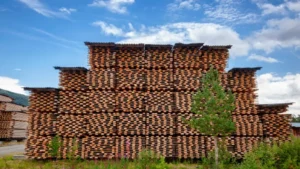
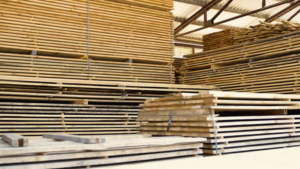
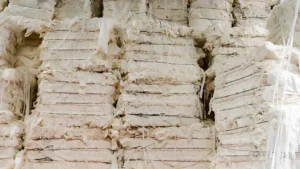
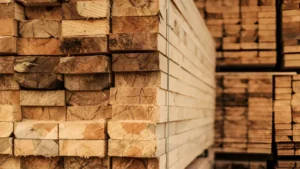

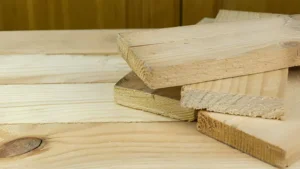

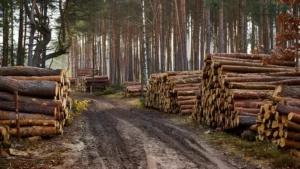
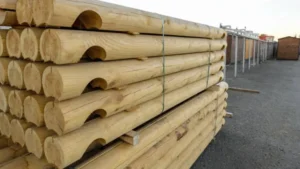
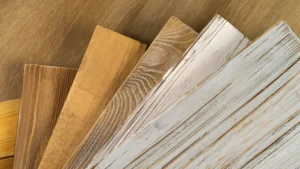
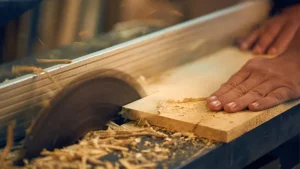

Leave your comment